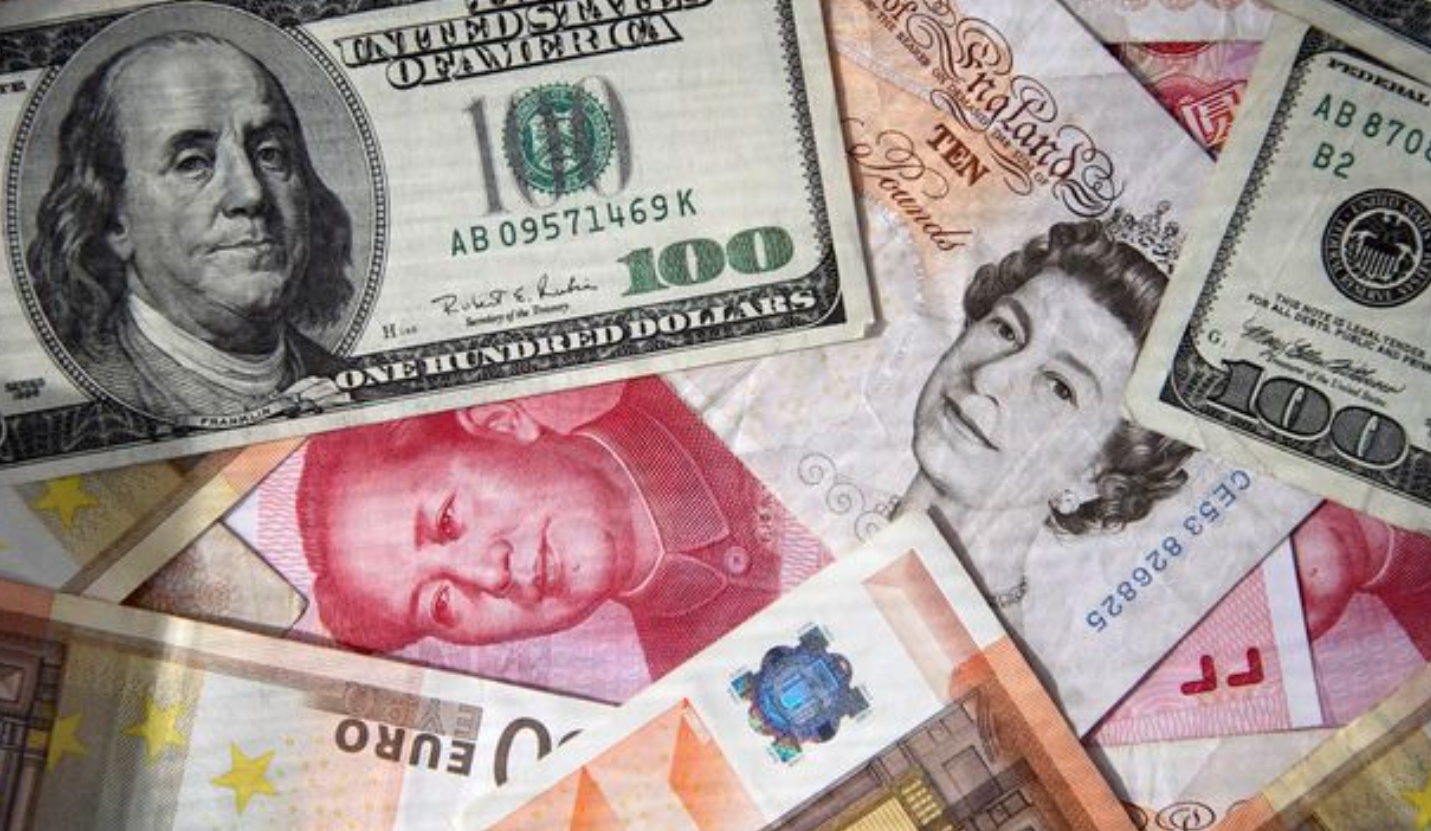Fundamentally, foreign exchange trading is speculation about the future price changes of currency pairs or metals such as gold and silver. It is more like a price difference contract and stock trading based on future price trends. Usually, the fundamentals of foreign exchange trading are based on buying currencies that may appreciate relative to other currencies, or selling currencies that are expected to depreciate. This may vary due to market analysis, time frame, and many other factors.
There are three different ways of foreign exchange trading, which showcase a set of trading strategy objectives:
Spot market: This is the main foreign exchange market, where currency pairs are traded based on real-time exchange rates, which are determined by changes in liquidity and supply and demand.
Forward market: This type of trading is based on binding contracts for foreign exchange trading. Unlike real-time execution in the spot market, foreign exchange traders can also engage in private trading with other traders based on agreed exchange rates for future dates.
Futures market: In the future market, traders can join standard contracts and trade a predetermined amount of currency at a specific price in the future. This type of market is initiated on exchanges rather than private contracts.
As part of the trading foundation, the forward and futures markets were initially common for foreign exchange traders who hoped to profit from future price changes in foreign exchange or gold. Ultimately, the spot market is the market that determines price changes and is also the largest market in the financial industry. In addition, foreign exchange traders need to understand the basic principles of trading and their impact on economic reports in the spot and futures markets.

